
Patios, Walkways & Driveways
We unite suppliers and green industry professionals worldwide
Young edible stems of the bamboo plant, known as bamboo shoots, are famous in many cultures due to their culinary value and also ecological benefits. They have become not only an essential part of Asian food, but they are a vital source of construction, c
By Mariam Scott
|Published on September 15, 2025
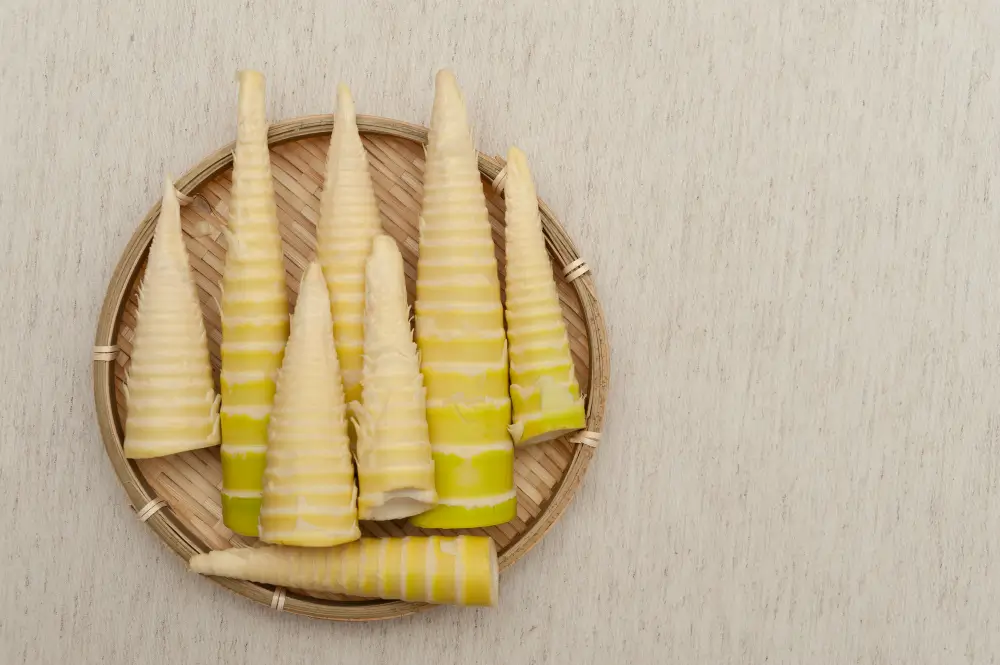

The bamboo is one of the most diverse plants in the world, possessing great qualities of strength, rapid growth, and renewability. Young edible stems of the bamboo plant, known as bamboo shoots, are famous in many cultures due to their culinary value, as well as the ecological benefits of bamboo shoots. Bamboo shoots have become not only an essential part of Asian food, but they are a vital source of construction, clothing, and furniture in sustainable architectures and furnishing.
The bamboo shoots are products of the underground rhizome system of bamboo plants. Although the bamboo plant has more than 1,400 species all over the world, the most widely used species in the cooking sector fall under Bambusa and Phyllostachys.
| Scientific Name | Bambusa spp., Phyllostachys spp. |
| Common Names | Bamboo shoots, edible bamboo, bamboo sprouts. |
| Family | Poaceae (Grass family) |
| Genus | Bambusa, Phyllostachys |
| Species | Bambusa oldhamii, Phyllostachys edulis (Moso bamboo) |

September 18, 2025
10 minute read
September 17, 2025
9 minute read
September 17, 2025
20 minute read
September 17, 2025
20 minute read


Join as a seller and connect with thousands of B2B buyers nationwide!
Sign Up

Daikon Radish April Cross
The April Cross Daikon is famous for its high-quality white roots, smooth texture and sturdy growth.

Edamame
Edamame is a member of the Glycine genus in the Leguminosae (Fabaceae) family.
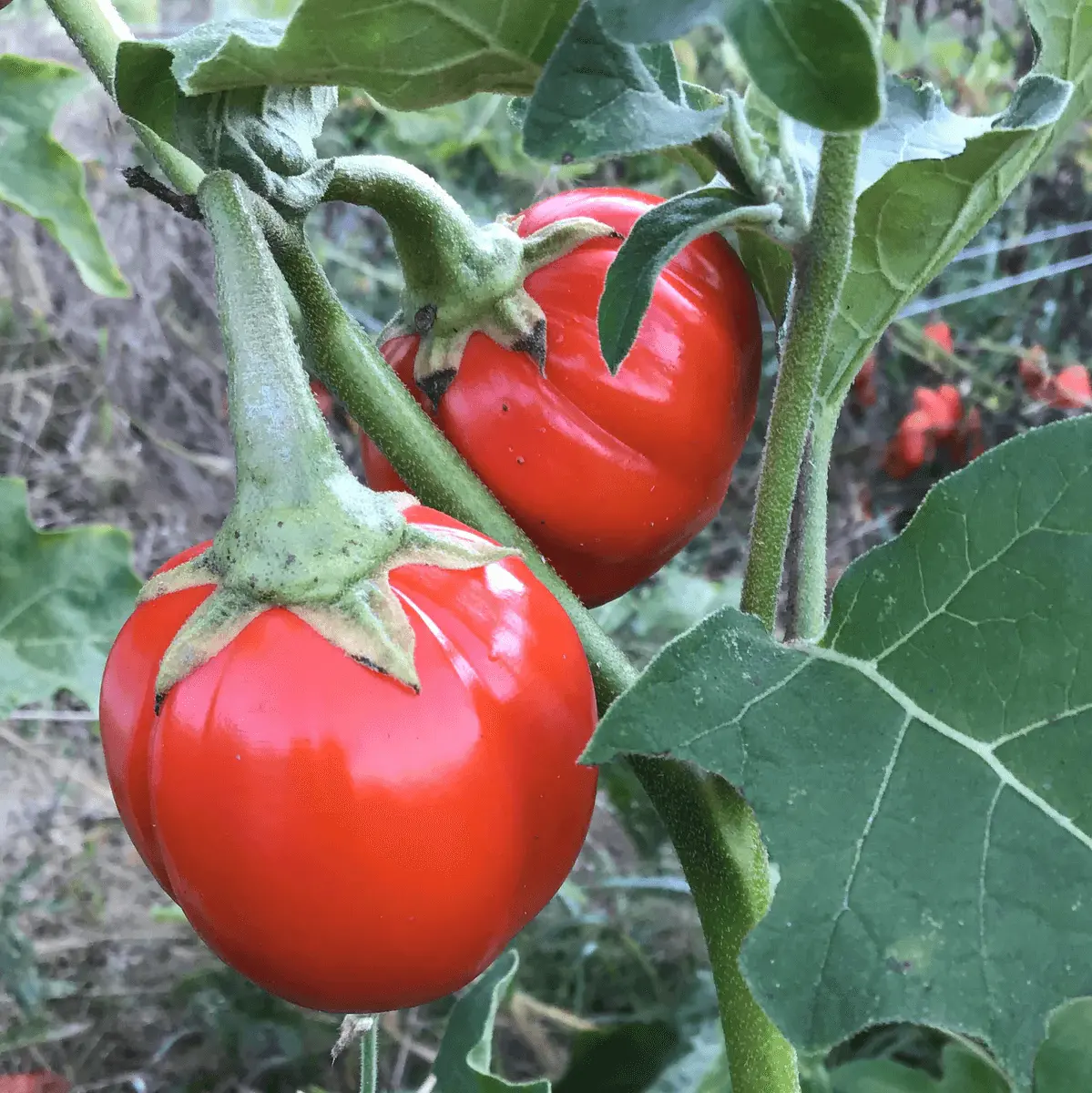
African Eggplant
The African eggplant (also known as garden egg, or Solanum aethiopicum) is a beautiful and nutritious plant that does very well in hot tropical places like parts of Africa and Asia. It bears small, round fruit that is red or orange when ripe but can also
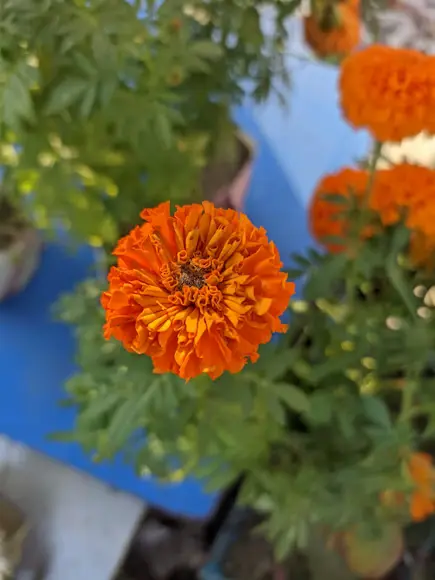
African Marigold
The African Marigold is a strong flower that is prevalent in many warm places around the globe. It is known for its big yellow, orange, or gold flowers, which are useful for gardens, borders, and cut flowers.
Bamboo plants are recognized for their wooden hollow stems, which can become quite tall. The shoots are young, flavorsome, and usually picked before they fully emerge from beneath the earth. These shoots are a great source of fiber and have a delicate, slightly sweet flavor, making them a popular inclusion in stir-fries, soups, and salads.
The bamboo shoots can be used in a very broad way, both in cooking and in practice.
Bamboo is a flexible plant that grows in different climatic conditions, including tropical and temperate areas.
Bamboo is frequently propagated using rhizomes (underground stems), as opposed to seed propagation. The following are some of the bamboo shoots' propagation methods:
Bamboo shoots are mostly harvested in early spring when young bashful bamboo shoots sprout above the ground. The shoots are only edible at this young stage before they become tough and fibrous, so timing is all-important.
Bamboo is known to be mostly resistant to all kinds of insects and illnesses, though it is prone to other diseases and some forms of insects when under less than ideal growing conditions.
Prevention: To prevent pest infestation, apply organic insecticidal soap or neem oil. It is possible to prevent fungal problems by having good air circulation and not watering overhead.
Fresh bamboo shoots could also be stored to be used later.
Bamboo shoots form an outstanding plant with many applications, such as delicious food and renewable resources. Regardless of whether you are cultivating bamboo for food, decoration, or environmental purposes, knowing its growing conditions, propagation, and care is important to succeed. Although the bamboo is easy to cultivate once the plant is established, it is sensitive to the conditions of its growth, especially to light, soil, and water.
Bamboo shoots typically emerge within 3-5 days of planting in the right conditions. However, it can take 3-5 years for bamboo plants to fully establish and produce shoots in abundance.
Yes, bamboo shoots are edible and highly nutritious. However, they must be properly prepared, as raw bamboo shoots contain toxins that can be harmful if consumed without cooking.
Bamboo should be watered regularly but not overwatered. Ensure the soil is consistently moist but well-draining to prevent root rot.

Patios, Walkways & Driveways
Victor Miller

Pest Identification & Prevention
Victor Miller
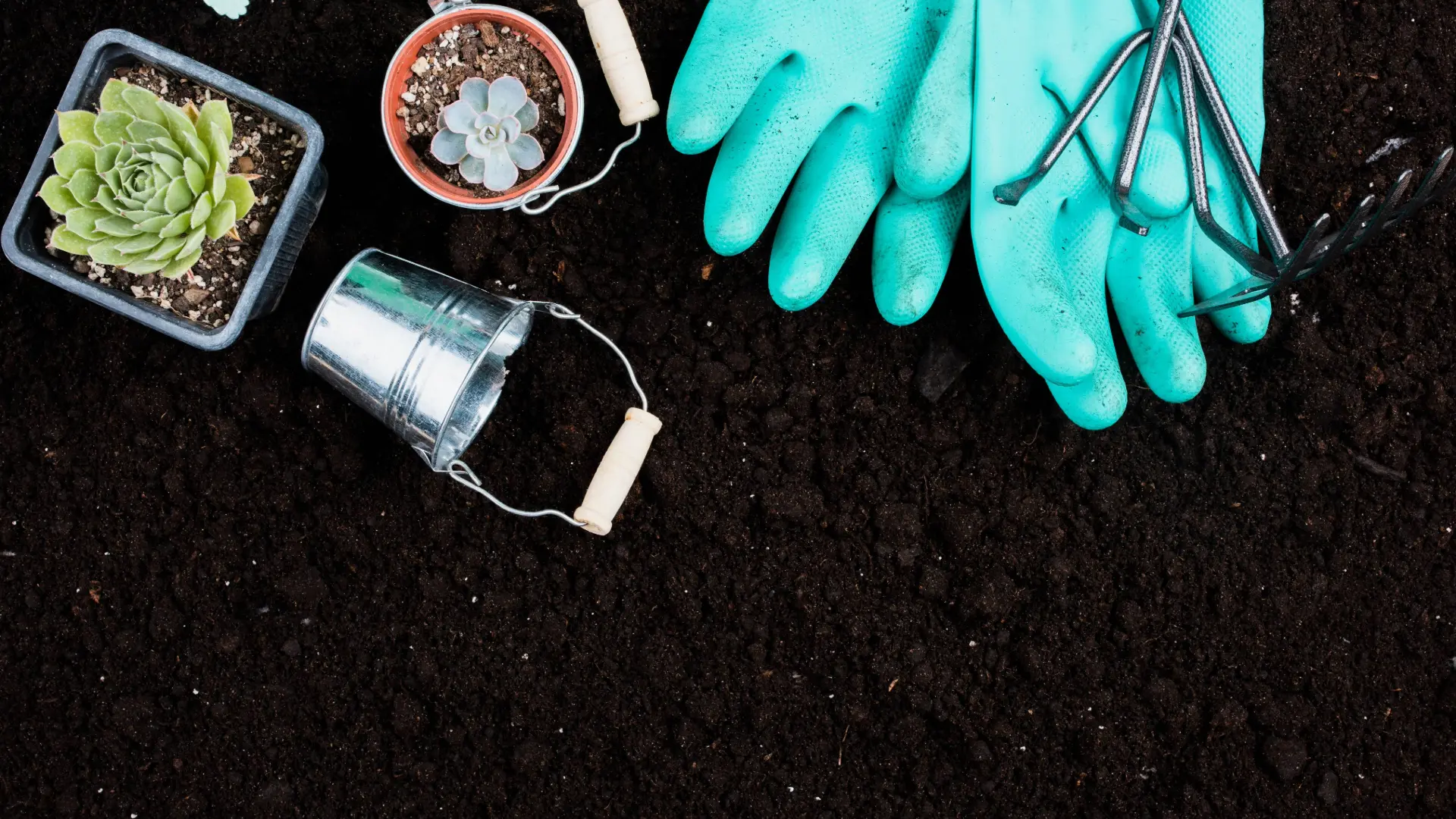
Soil Health & Fertilization
Gina Lazaarus
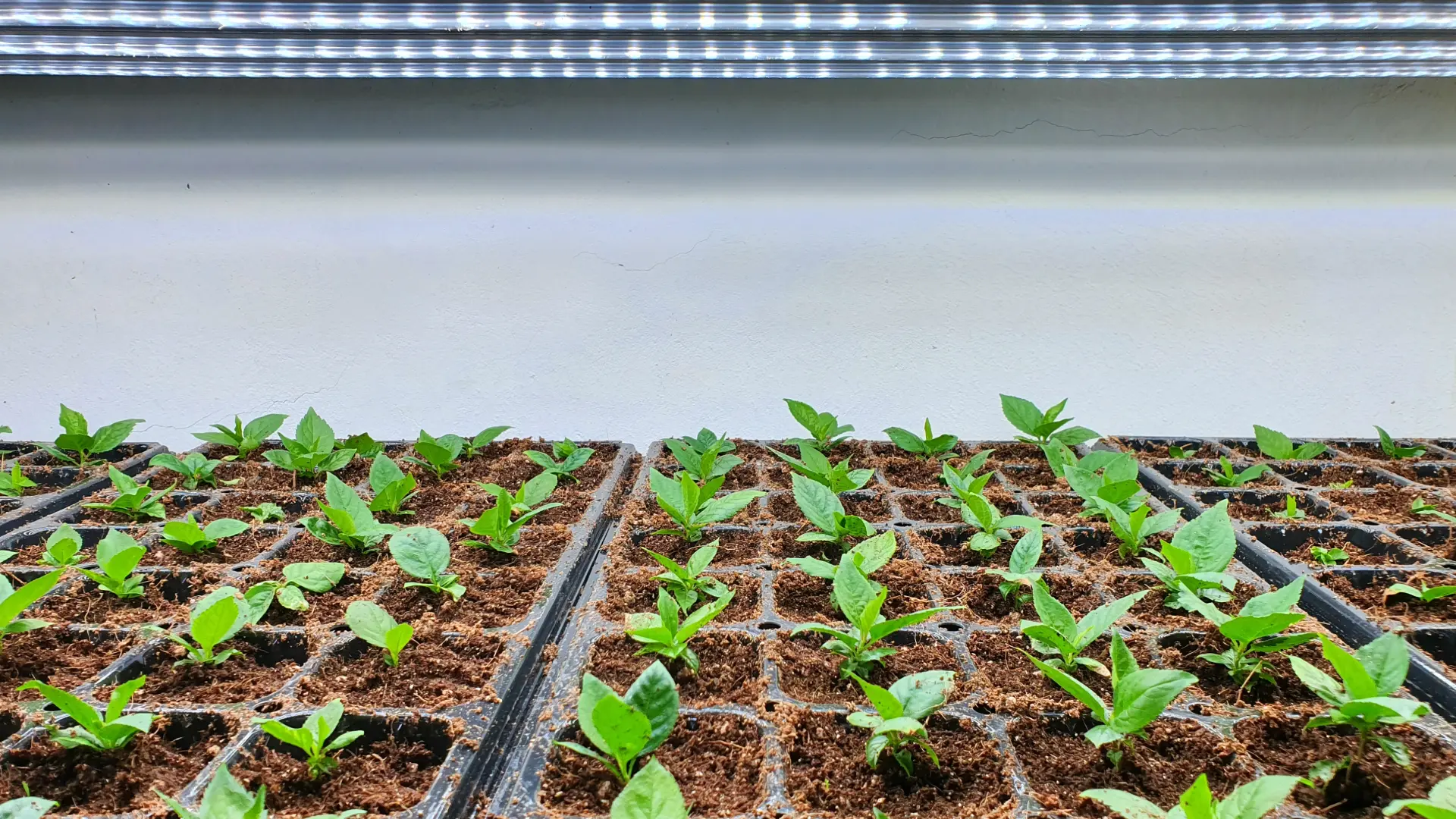
Lighting & Technique
Gina Lazaarus
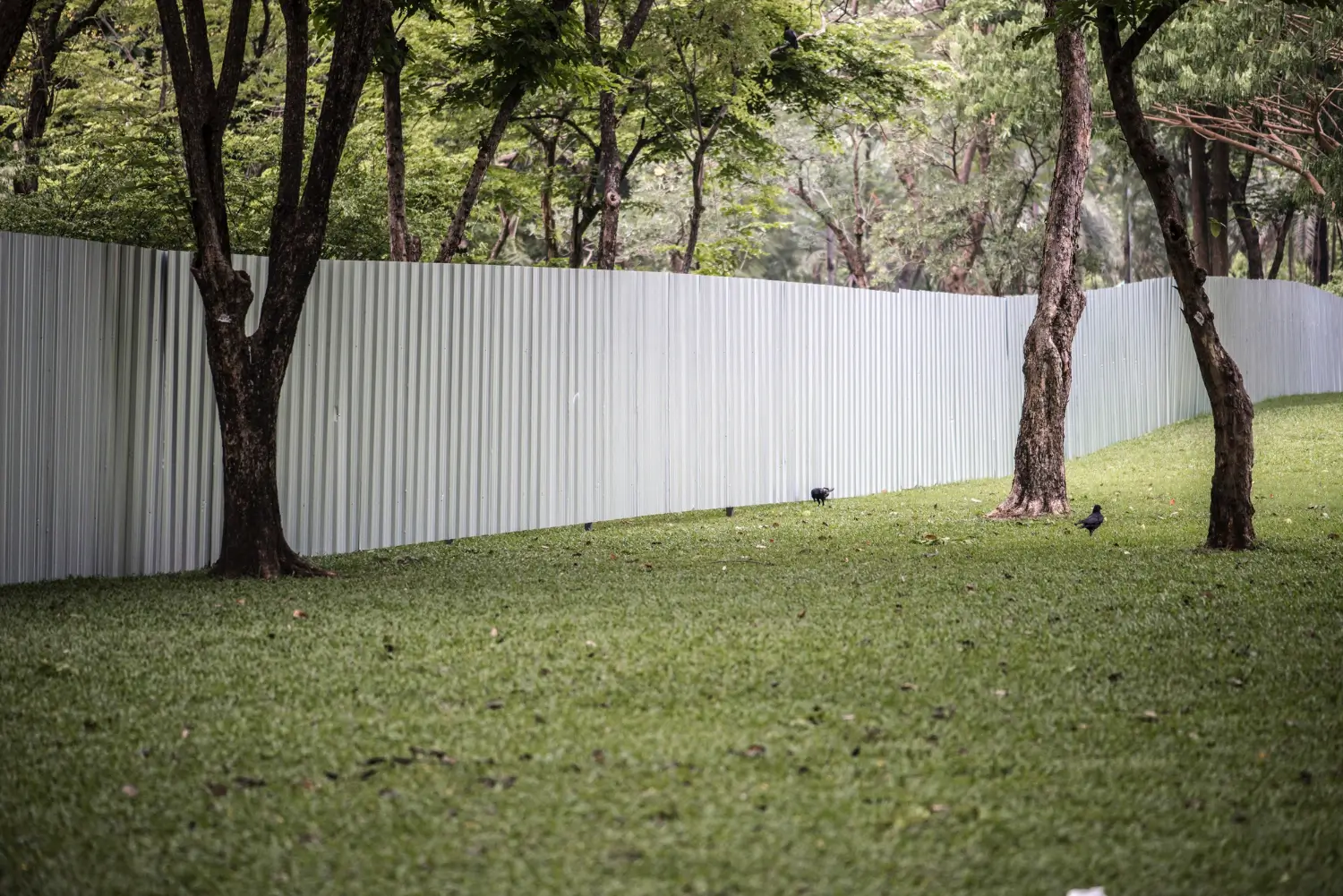
Construction Tips & Techniques
Victor Miller

Maintenance & Equipment Tips
Victor Miller

Soil Health & Fertilization
Victor Miller

Organic Gardening
Gina Lazaarus
My Account
Our team is always here to help.
We are open Monday - Friday, 9:00 AM to 4:30 PM PST.